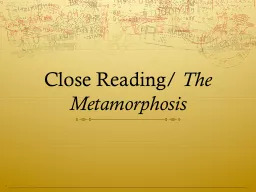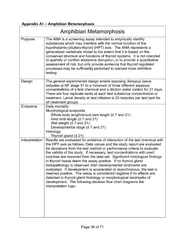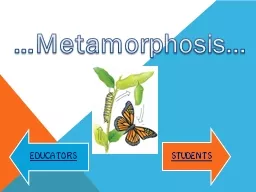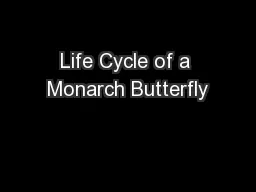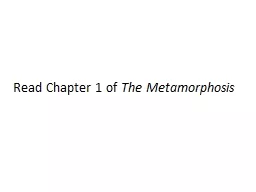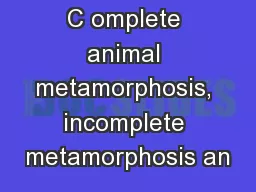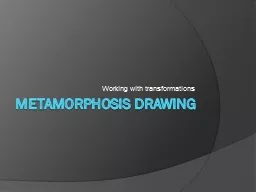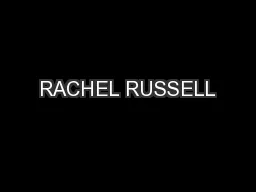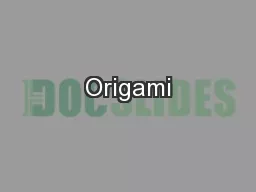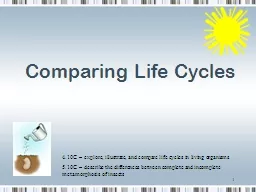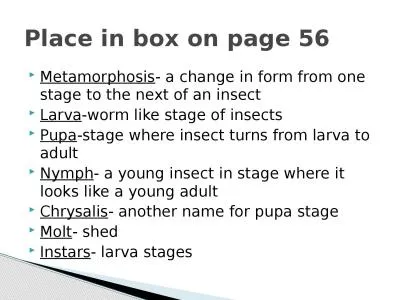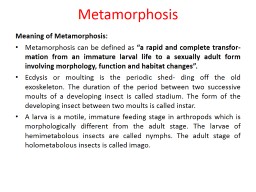PPT-Close Reading/ The Metamorphosis
Author : sherrill-nordquist | Published Date : 2018-03-13
Freewriting What do you think this quote means How may this tie thematically to The Metamorphosis One does not become enlightened by imagining figures of light
Presentation Embed Code
Download Presentation
Download Presentation The PPT/PDF document "Close Reading/ The Metamorphosis" is the property of its rightful owner. Permission is granted to download and print the materials on this website for personal, non-commercial use only, and to display it on your personal computer provided you do not modify the materials and that you retain all copyright notices contained in the materials. By downloading content from our website, you accept the terms of this agreement.
Close Reading/ The Metamorphosis: Transcript
Download Rules Of Document
"Close Reading/ The Metamorphosis"The content belongs to its owner. You may download and print it for personal use, without modification, and keep all copyright notices. By downloading, you agree to these terms.
Related Documents

